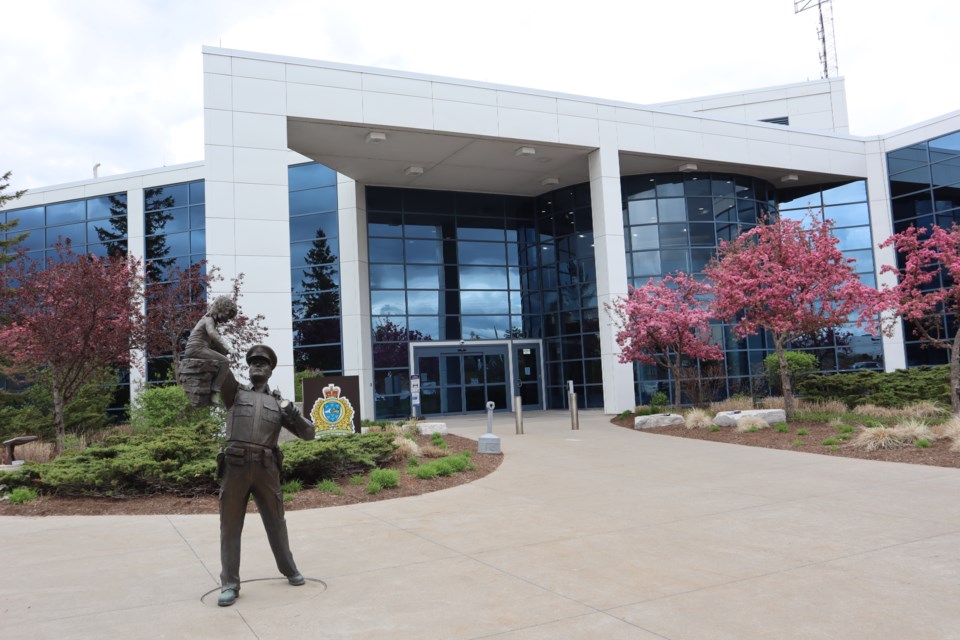The first draft of the Waterloo Regional Police Service's 2023 budget proposes three hiring scenarios the most expensive of which would increase the size of the force by 55 full time officers and push the budget to $222 million, resulting in a 13.43 per cent increase over last year.
Two other hiring scenarios being presented in the draft budget at Wednesday's police board meeting are for the additions of eight and 11 full-time officers, with respective budget impacts of 8.10 per cent and 8.44 per cent.
A fourth option to keep the complement of police officers the same would still result in a budget increase of $14 million over this year's figure and have an impact of 5.25 per cent on the police portion of next year's property tax bill.
Adding 55 full-time officers is what WRPS says is required for them to equal the 2021 "Big 12 average police to population ratio" of 145 officers per 100,000 population. The "Big 12" includes forces in Halton, Peel, York, Toronto, Hamilton, Waterloo, London, Durham, Niagara, Windsor, Sudbury, and Ottawa.
While Waterloo region's police service has among the lowest number of officers per population, its total crime rate and crime severity index (CSI) rank is on the rise, according to the draft budget.
The region’s overall CSI is the fourth highest of the other 12 large Ontario municipal police services and saw the third highest percent change increase in overall CSI in 2021.
The police portion on the tax bill represents approximately 32 per cent of the total tax bill for regional services.
In December of last year, regional council approved the 2022 police budget at $195.7 million, representing a 3.96 per cent increase, or $10.4 million over 2021. It added 1.26 per cent, or about $33, to the regional tax bill for the average homeowner.
The 2023 budget report says increased costs for salaries and wages account for 3.4 per cent of the year-over-year operating budget increase. It's based on the current staff complement and includes items such as the addition of 35 police officers that were approved in this year's budget.
Cost of living adjustments, negotiated premiums, a reduction in the salary vacancy target and natural pay grade progressions are also included in that number.
Benefit costs have jumped 2.2 per cent due to increased Canada Pension Program payments and changes to Workplace Safety and Insurance Board legislation that phases in paid leaves of absence for issues like post traumatic stress disorder.
As of the second quarter of this year, WRPS had 50 members away from work on approved occupational leave.
WRPS says a strategy is being developed to ensure the police service has a sufficient budget to allow members on leave to be replaced "to ensure organizational stability."
Other factors impacting the operating budget include increased capital reserve contributions to reduce debt financing, investments in communication tools and other technology, costs associated with the new Central facility in Kitchener, inflation, and debt financing, offset by reduced sick leave payments to eligible members.
As for the $24.6 million capital portion of the proposed 2023 budget, 46 per cent is attributed to new additions and renovations, including the conclusion of construction for the new Central Division at 200 Frederick Street in Kitchener and the commencement of design work for a new Regional Public Safety Communications Centre.
Information technology projects account for 23 per cent, followed by fleet, equipment and voice radio upgrades making up the remaining portions of the capital expense sheet.



